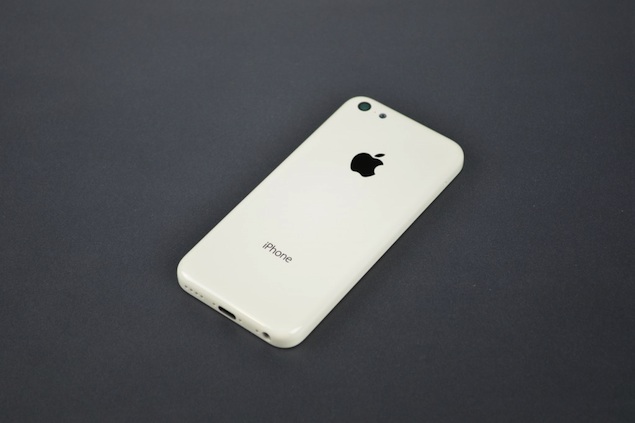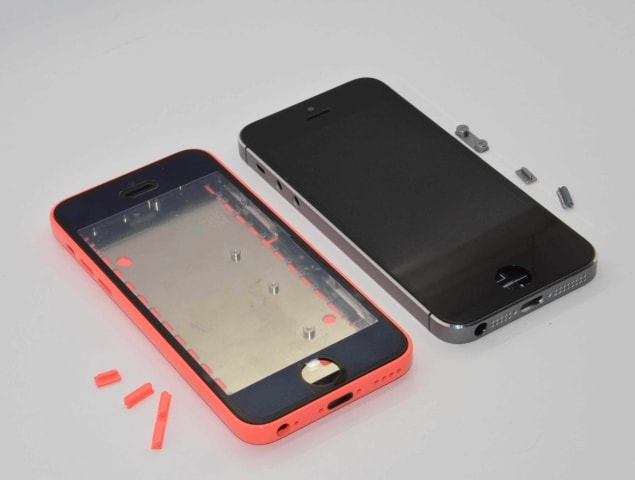Just as promised
Sony has now confirmed it is seeding a new 4.1 Jelly Bean firmware to
the Xperia S, Xperia SL and Xperia acro S. It brings various
improvements over the initial Jelly Bean release and is already
available for download over-the-air and via the Sony PC Companion.

Here is the official changelog as provided by Sony:
For camera, we’ve…
Source

Here is the official changelog as provided by Sony:
For camera, we’ve…
- addressed an abnormality in the white balance
- improved the “Quick Launch” button functionality
- smoothed out (1080p) video recording, minimizing lag
- streamlined Exchange Active Sync, particularly when running an encrypted set-up
- boosted connection stability for 2G network data
- ensured preferences on 3rd party apps remain after reboot – not a common problem, but we understand it can be a frustrating one!
- economised power consumption, and heat dispersion for longer life
- corrected juice level notifications, especially when running low
- introduced a home key long-press to launch Google Now, and a double-press to launch Recent Apps
- made sure the volume “up” button is fully responsive
Source





 For
each exit there seems to have been some entrant that stormed ahead and
quickly took up share from the floundering incumbent. Apple, Sony,
Samsung come to mind but we mustn't forget that HTC rose from being an
original design engineering company to a global brand (with 80% share in
Windows Mobile phones) and that Palm entered from the PDA market
(bringing the idea of apps with it) and of course BlackBerry (then known
as Research In Motion) started out as a pager company and re-wrote the
rules of the industry through compelling services.
For
each exit there seems to have been some entrant that stormed ahead and
quickly took up share from the floundering incumbent. Apple, Sony,
Samsung come to mind but we mustn't forget that HTC rose from being an
original design engineering company to a global brand (with 80% share in
Windows Mobile phones) and that Palm entered from the PDA market
(bringing the idea of apps with it) and of course BlackBerry (then known
as Research In Motion) started out as a pager company and re-wrote the
rules of the industry through compelling services.





